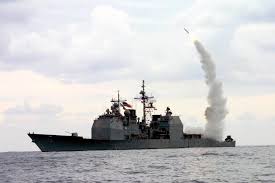Japan has expressed serious concern over recent Chinese naval exercises near its territory, marking the first time Beijing has deployed both of its aircraft carriers—Shandong and Liaoning—simultaneously for drills in the Pacific Ocean.
In a rare move aimed at increasing transparency, Tokyo on Wednesday released a detailed map showing the daily positions of the two carriers since May 25. The map indicates that the warships have been operating close to Japanese islands and, at times, have entered Japan’s Exclusive Economic Zone (EEZ). Japan has issued formal protests, warning of increased risks, including the potential for mid-air collisions.
According to Japan’s Defence Ministry, Chinese forces have conducted more than 500 sorties involving fighter jets and helicopters during the exercises. Some of these involved close encounters with Japanese surveillance aircraft. Notably, on June 7, a Chinese jet reportedly shadowed a Japanese aircraft for 40 minutes, followed by a similar incident the next day. Chief Cabinet Secretary Yoshimasa Hayashi condemned the encounters as “abnormal approaches” that could have led to unintended accidents.
China has defended the drills as legal and routine. Foreign Ministry spokesperson Lin Jian accused Japan of escalating tensions through what Beijing described as “close-in reconnaissance” and urged Tokyo to halt such “dangerous moves.”
The exercises coincide with China’s announcement of progress on its third and most advanced aircraft carrier, Fujian, which is expected to enter service later this year. The Fujian is equipped with electromagnetic catapult launch systems, a technology currently deployed only by the United States.
These drills follow earlier Chinese naval operations in the Tasman Sea in February, which prompted criticism from Australia and New Zealand. Although the exercises were later acknowledged as legal under international law, Australian Defence Minister Richard Marles described China’s military activity as part of an “extraordinary military buildup,” stressing the need for more transparent military communications.









